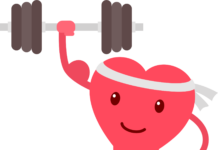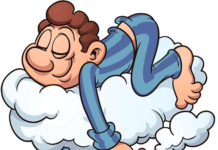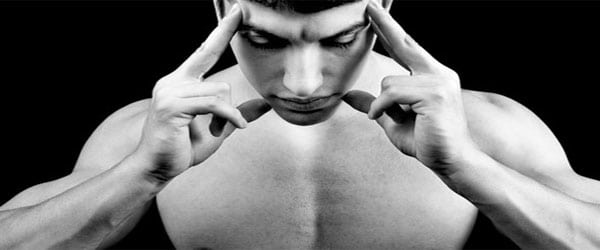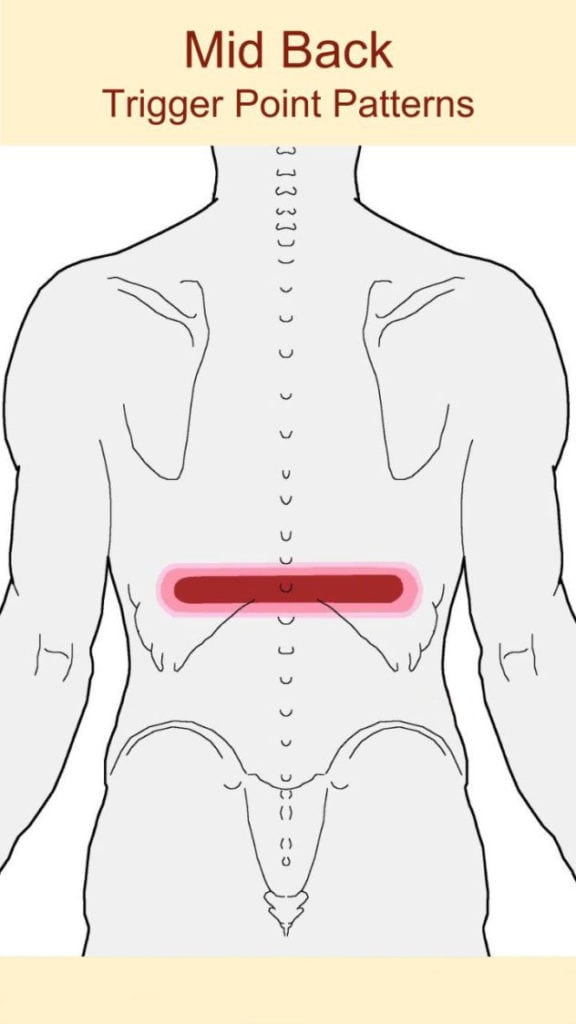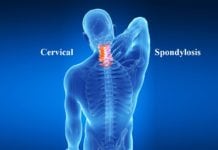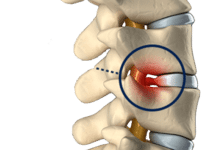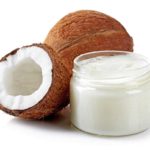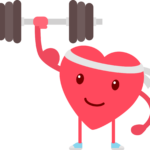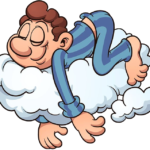What is Middle Back Pain?
Middle back pain is relatively uncommon compared to upper back pain, cervical pain or lower back pain. The middle back consists of the largest portion of the back, from the shoulders to around the navel area. Pain in the middle back typically concentrates between the shoulder blades, at the center of the rib cage, or at the thoracic spine near the bottom of the rib cage.
Most of the symptoms of middle back pain are also felt by those suffering from lower back pain or upper back pain, and many people who suffer from one area of back pain also have mild mid-back pain too. Similarly, most of the treatment and management options for middle back pain are similar to those with upper and lower back pain.
If you are suffering from middle back pain that doesn’t go away after several days, consider contacting a physician for a diagnosis. You may need to develop an exercise regime, keep better posture, reduce your exertion or rest for a few days. It may be more serious, however, and you may need more complex procedures like physical therapy, acupuncture, massage, or even surgery. Contact your doctor for more information.
Causes of Middle Back Pain
Middle back pain may be caused by one of many different conditions. These include but are not limited to:
- Old Age – With age, the cartilage discs between the vertebrae gradually wear away. This can lead to pinched nerves and reduced flexibility.
- Injury – If you were recently injured in an automobile accident or sports accident, your spine may still be suffering from the trauma of the injury.
- Herniated discs – When the discs in the spine tear and bulge, this can compress the nerves in the spine, causing inflammation and pain.
- Degenerative joint disease – Joints may wear down due to genetic conditions, old age, obesity or other related conditions. Also known as osteoarthritis, this causes bones to rub against each other, causing a dull aching pain and loss of mobility.
- Myofascial pain syndrome – This occurs when the connective tissues between the back muscles become inflamed. It often happens between the shoulder blades if you carry a lot of tension in your upper mid-back.
Symptoms of Middle Back Pain
The symptoms of middle back pain are similar to the symptoms of other types of back pain. Common symptoms include:
- Muscle strain
- Numbness
- Shooting pain
- Bad posture
- Back injury
- Weakness
- Muscle spasms
- Misaligned neck or lower back
- Loss of mobility and flexibility
- General fatigue
If you are suffering from any of these symptoms, try to relax for a few days and be sure to stretch and do gentle exercises. If the back pain doesn’t go away, schedule a visit with your physician as soon as possible.
Diagnosis and Treatment of Middle Back Pain
Middle back pain is relatively easy to diagnose. However, the cause of mid-back pain may be more difficult to understand. If your mid-back continues to hurt after several days to weeks of rest and home care, you should seek medical advice about your condition. You may need hospital treatment or surgery. Your doctor will likely need to do an X-ray, MRI or CT scan to determine the full extent of your spinal condition.
In most cases, middle back pain can be treated at home. By engaging in a light exercise regimen, stretching and self-awareness of your posture, you can go a long way toward reducing pain. Over-the-counter medications can also help as can ice and heat therapy with home-made or store-bought ice and heat packs. A gentle massage may also help solve the problem.
Contact a physician today if you are concerned about chronic middle back pain and its effects on your health.





